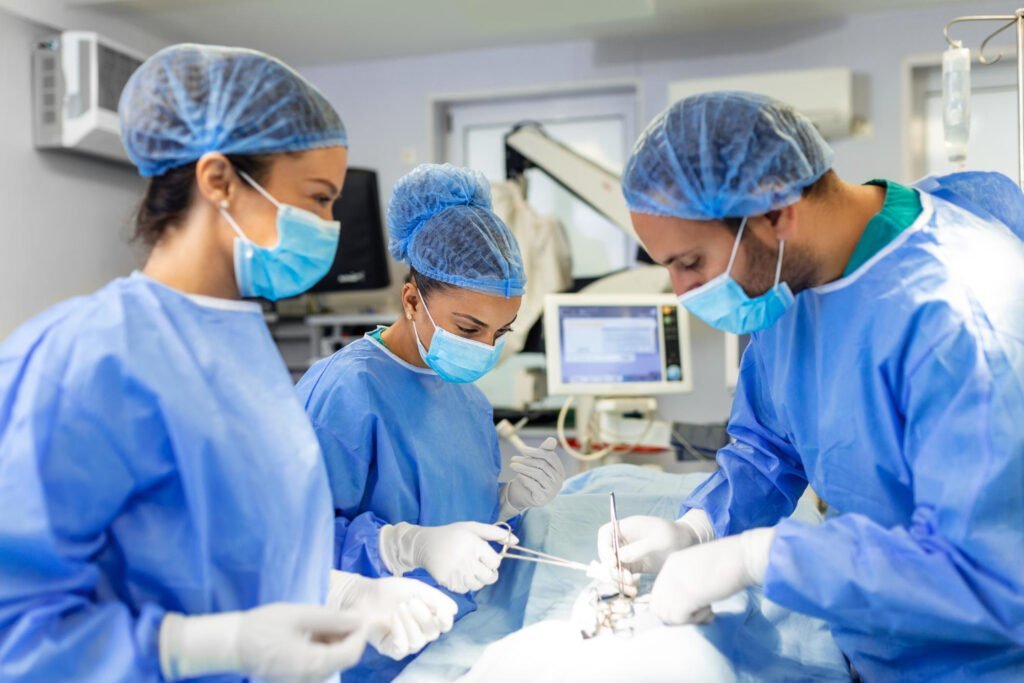Angioplasty & Stenting
Treatments

Best Cardiologist in India
Coronary Angioplasty and Stenting: Your Complete Guide to Heart Health
Dr Amit Singh is a renowned doctor in the field of interventional cardiology. He uses exceptional skills with his empathetic talent ensuring each patient receives personalized care. Specialized in Coronary Angioplasty and Stenting. Dr. Singh serves for Angioplasty, TAVR, Echocardiography, Coronary Angiography and stress testing. ensuring highest standard of care
Best Heart Surgeon in India
What is coronary angioplasty?
Coronary angioplasty is a minimally invasive procedure to open blocked or narrowed coronary arteries. It improves blood flow to the heart muscle, reducing chest pain and lowering the risk of future heart attacks. It is step after coronary angiography, when it shows blockages.
What is coronary stenting?
Coronary stenting often follows angioplasty. It involves placing a small, mesh-like tube (stent) in the artery to keep it open. This helps maintain improved blood flow to the heart.

When are coronary angioplasty and stenting recommended?
These procedures may be recommended for:
Severe coronary artery disease / blockages
Unstable angina / worsening chest pain
Failed medical therapy for stable angina (chest pain not controlled by medicines).
Certain types of heart attacks
How are coronary angioplasty and stenting performed?
The process typically involves:
Inserting a catheter into an artery, usually in the groin or wrist
Guiding the catheter to the blocked coronary artery with help of X-rays
Inflating a small balloon to widen the artery (angioplasty)
Placing a stent to keep the artery open (stenting)
Removing the catheter
Is the procedure painful?
Most patients experience minimal discomfort. You’ll receive local anesthesia at the catheter insertion site and may be given a sedative to help you relax.
How long do coronary angioplasty and stenting take?
The procedure usually takes 1-2 hours. However, you may need to stay in the hospital for observation, often overnight.
What are the risks of coronary angioplasty and stenting?
While generally safe, potential risks include:
Bleeding or bruising at the catheter site
Blood clots
Restenosis (re-narrowing of the artery)
Rare complications like heart attack or stroke
How do I prepare for the procedure?
Your doctor will provide specific instructions, but generally:
Avoid eating or drinking for 6-8 hours before the procedure
Inform your doctor about any medications you're taking
Arrange for someone to drive you home afterward
What happens after coronary angioplasty and stenting?
After the procedure:
You'll rest for several hours
Your healthcare team will monitor your vital signs
You may start taking blood-thinning medications
Your doctor will discuss follow-up care and lifestyle changes
How soon can I return to normal activities?
Most people can return to light activities within a few days. However, full recovery may take a week or more. Your doctor will provide specific guidance.
Are coronary angioplasty and stenting permanent solutions?
While these procedures can significantly improve heart health, they’re not permanent cures. You’ll need to maintain a heart-healthy lifestyle and follow your doctor’s recommendations to prevent future blockages.
What's the difference between drug-eluting and bare-metal stents?
Drug-eluting stents are coated with medication that helps prevent restenosis. Bare-metal stents don’t have this coating. Your doctor will determine which type is best for you.
How successful are coronary angioplasty and stenting?
These procedures have high success rates in improving blood flow and reducing symptoms. However, success can vary depending on the severity and location of the blockages.
Will I need to take medications after the procedure?
Yes, you’ll likely need to take antiplatelet medications to prevent blood clots from forming in the stent. Your doctor will provide a specific medication plan.
Understanding coronary angioplasty and stenting can help you make informed decisions about your heart health.
Consult us today for personalized advice and to determine if these procedures are right for you.
